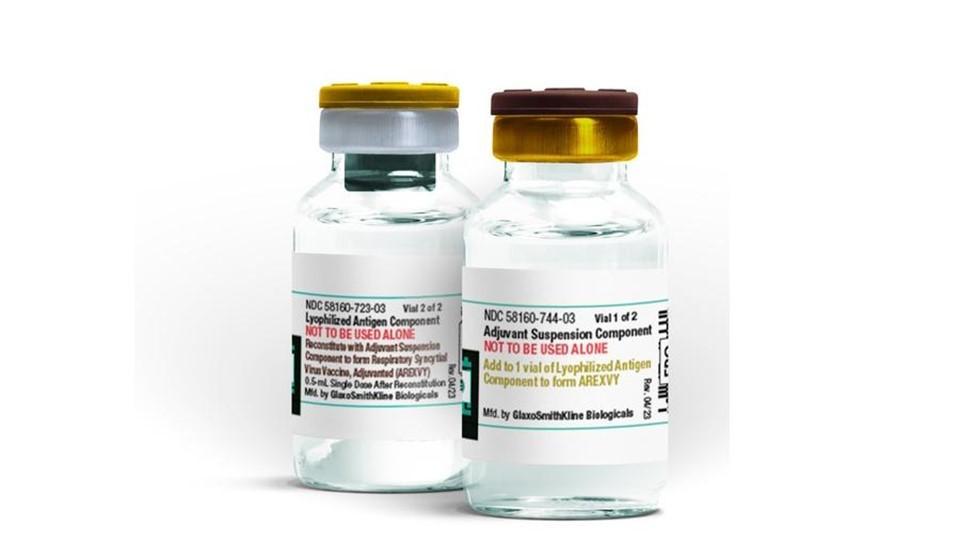Translating microbiome research into treatments

The human microbiome is a powerful and dynamic ecosystem of microbes that live on and within our bodies. These communities play key roles in our daily lives, from digestion of food to protection against disease. This is obvious today; however, until recently, there was limited coverage about the human gut microbiome reported in mainstream media.
Part of its current popularity is the exponential growth in research and knowledge in the space. Researchers are constantly uncovering new connections between a healthy microbiome and how these communities help create and maintain a strong immune system, metabolism and other functions, in addition to discovering the magnitude of disturbances the gut microbiota has on our wellbeing.
We are just beginning to understand that these disturbances, often referred to as “dysbiosis,” can instigate infections, inflammatory responses, hepatic, and neurological diseases.
While various microbial ecosystems exist, the gut microbiome is the most complex and diverse. It plays an important role in the body’s normal function – it is this connection to our daily well-being that first inspired the idea of harvesting the gut microbiome to use as a potential medicine.
Currently there are several human gut microbiome-based technologies in development for the treatment of infectious diseases like recurrent Clostridioides (Clostridium) difficile infection. The research published in treating recurrent C. diff has inspired many to explore the use of microbiota-based therapeutics for other conditions as well, potentially launching an entirely new approach to treatment. However, much of the research in the space continues to evolve and the safety and efficacy of these investigational products remains unknown.
Rebiotix, a Ferring company, was among the first companies to attempt to standardise the creation of microbiota-based therapeutics and evaluate safety and efficacy under controlled clinical trials. We are actively engaging with the United States Food and Drug Administration (FDA) and other regulatory bodies to understand where microbiota-based therapies fit into the regulatory paradigm, and guide the research and development of these complex products.
Availability of novel biomarkers
When new drugs are developed, their findings can often be measured by the changes in biomarkers associated with the condition the drug is being investigated to treat. A biomarker can be utilised as a measurable indicator of disease, and can provide clinicians and drug developers with insight as to whether or not a treatment has delivered its intended effect on a patient.
In the case of measuring biomarkers for the human gut microbiome, the story becomes more complex. How can such a complex community be evaluated, particularly when there remains no clear consensus as to what a “healthy” microbiome really is?
To help with this question, we are currently developing a Microbiome Health Index (MHI) as a biomarker of microbiome restoration. By using data from published studies and from our clinical trials, we are beginning to understand changes in patient microbiomes after treatment.
While the MHI is a prototype and has focused on the shifts in microbiomes in studies for recurrent C. diff, there is potential in utilising the MHI as a biomarker measure for other indications. Metrics like the MHI could be indispensable in predicting response to these types of technologies. As microbiome science and treatment continues to mature, measuring microbiome changes will undoubtedly play a role in patient care.
Clarity of regulatory pathways
Microbiome technologies have the potential to create a new class of therapeutics, and as such are a new regulatory frontier.
What was first thought of as a tissue transplant was ultimately categorised as a biologic drug, regulated by the FDA in its Center for Biologics Evaluation and Research in the Vaccines division. This determination facilitated direction as to what was expected when developing future products – but most key features of safety, quality, manufacturing and efficacy of these products were unknown.
Through extensive and constant dialogue with the FDA, Rebiotix was able to develop clinical trial protocols and manufacturing techniques that fit the expectations of regulators while still breaking new ground in creating microbiota-based technologies. The FDA has also been clear: all microbiome companies (current and future) will be required to show the same level of scientific rigor as they pursue microbiome-based technology development.
Stringent safety precautions and controls
Harnessing the microbiome as a potential medicine has shown great promise and the need for new solutions to complex disease states continues to rise. With all the promise of the microbiome, it can be tempting to jump to conclusions about its ability to combat disease. It is critical that, as a community, we remember that any microbiota-based treatment is still investigational. Whether the basis for the technology is built on donor derived material (human stool) or through culture techniques, safety and strict quality controls are of the utmost importance to protect patient safety in our studies.
Particularly in the case of donor-derived therapies, this emphasis on safety is best demonstrated by the recent FDA safety alert and follow-up recommendations of rigorous donor screenings. The alert was triggered by an immunocompromised patient’s death attributed to the use of stool from an inappropriately screened donor, underscoring the risks of this unapproved form of therapy.
This pioneering technology must be subject to rigorous clinical assessment and tight control to ensure patient well-being. In defining a new treatment modality, safety at every stage is as critical as efficacy and potential impact. For example, we have worked to ensure that the formulations under development in the MRT platform have stringent donor screening, manufacturing and quality control processes, coupled with stringent regulatory oversight, potential risks, and patient informed consent.
Meeting these challenges with appropriate protocols requires considerable time, careful study and investment. These efforts are necessary to evaluate this potentially groundbreaking technology of utilising the body’s own microbial ecosystems as a way to influence human health. It is our responsibility as researchers, clinicians, regulators, and industry stewards to thoroughly evaluate the potential benefits and risks of microbiota-based treatments even as we uncover more of their potential.
This road may not only help the patients of today, but also contributes to a foundational body of knowledge that will guide research and innovation in the microbiome well into the future. We owe future researchers and patients strong scientific data, regulations, meaningful safety protocols and clear, established biomarkers – our only limit is our imagination.
About the author
 Dr. Ken Blount is chief scientific officer of Rebiotix, a Ferring company
Dr. Ken Blount is chief scientific officer of Rebiotix, a Ferring company













